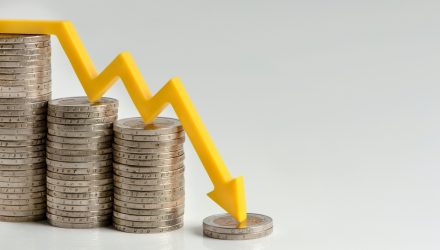Entering 2023, both rising rates and recession loomed over the U.S. economy. However, inflation took the crown as the principal concern, and rightly so. While inflation remains an issue, a soft landing and a higher-for-longer rate regime stand out as likely trends moving forward. Those combined factors may set the stage for a small-cap dividend ETF like OUSM to perform in the months ahead.
Why small-caps now? In a soft landing environment in which the U.S. economy mostly avoids the worst possible outcomes feared entering this year, small-cap upside can appeal. Investors often want to get in at the sweet spot where smaller firms see significant growth and offer those investors strong returns. What’s more, in a year in which the S&P 500 has relied heavily on just a few firms, avoiding more top-heavy firms that could overheat may also appeal.
See more: “Get Historically Cheap Quality Small-Caps in OUSM”
All that said, small-caps have their own risks. Many current small-cap firms will have to refinance into the current, much higher rate regime. With so many built to rely on long-term future revenues, that poses an issue. However, with a small-cap dividend ETF approach, investors can identify the small-caps with a durable outlook. Those firms, then, would find themselves well positioned should the Fed cut rates next year after further inflation cooling.
The Merits of a Small-Cap Dividend ETF
Overall, those factors point to an ETF like OUSM, the ALPS O’Shares US Small-Cap Quality Dividend ETF. OUSM has returned 10.7%, outperforming the ETF database category and FactSet segment averages. The ETF tracks the O’Shares US Small-Cap Quality Dividend Index and has added $141 million in YTD inflows, per LOGICLY.
OUSM takes the S-Network US Equity Mid/Small-Cap 2500 Index and reweights it for quality, low volatility, dividend yield, and dividend quality. It considers factors like ROA and EBITDA, five-year weekly volatility, 12-month trailing dividend yield, and more. Taken together, it holds about 200 firms with a 22% sector cap. Charging 48 basis points, OUSM could be one ETF to watch if a soft landing hits. In such a scenario, a small-cap dividend ETF offers small-cap potential boosted by quality and dividend screens.
For more news, information, and analysis, visit the ETF Building Blocks Channel.








